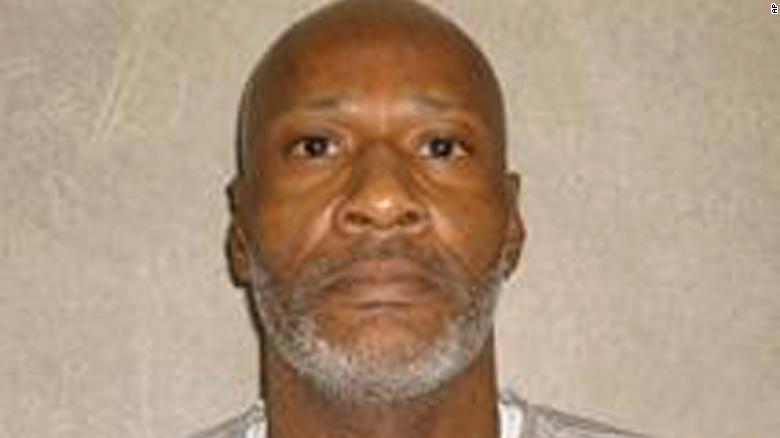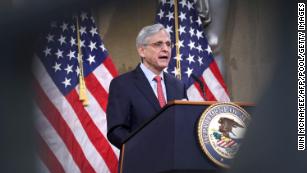Opinion: Sen. Kyrsten Sinema has apparently succeeded in killing a wildly popular plan to allow Medicare to negotiate lower prices for prescription drugs. Shame on her for that.
Laurie Roberts
Arizona Republic

Congratulations are apparently in order to Sen. Kyrsten Sinema for her role in killing a wildly popular plan to have Medicare negotiate lower prices on prescription drugs.
President Joe Biden on Thursday unveiled a new framework that cuts in half his proposal for social and climate change spending.
Gone from the $1.75 trillion proposal is a plan that would have allowed Medicare to use its considerable bargaining power to lower the price of prescription drugs for Americans – a proposal that would have saved the government about $600 billion over 10 years.
Instead, Sinema struck a deal with Biden on a narrower proposal that would, among other things, cap out-of-pocket prices for seniors. It was not included in the framework released on Thursday because the votes aren't there to pass it. Presumably, it’s that or nothing if Democrats want to do something this year on prescription drug prices.
“As she promised Arizonans, Kyrsten is working hard to ensure prescription drugs are available at the lowest cost possible, and she looks forward to continuing that work,” her spokeswoman, Hannah Hurley told The Arizona Republic’s Ronald J. Hansen.
BigPharma must be high-fiving all around
Or put another way, the lowest cost possible, given the hundreds of millions of pharmaceutical dollars flowing forth into campaign warchests and into lobbying members of Congress.
While allowing Medicare to negotiate lower prices is popular with Arizonans – and Americans – it isn't so much with prescription drug companies.
Or with Sinema, who, along with Sen. Joe Manchin, D-W.Va., is calling the shots in Washington D.C. these days.
I’d tell you why the senator, who is among the top recipients of pharmaceutical campaign donations this year, is opposed to allowing Medicare to negotiate better prices for us all but alas, Sinema doesn’t generally talk to people like me. Or you.
She did, however, put out a two-sentence statement praising the $1.75 trillion bill’s new framework — the one that doesn't free Medicare to cut us a better deal on drugs.
“After months of productive, good-faith negotiations with President Biden and the White House, we have made significant progress on the proposed budget reconciliation package. I look forward to getting this done, expanding economic opportunities and helping everyday families get ahead.”
Your stories live here.
Fuel your hometown passion and plug into the stories that define it.
Create Account
I imagine it’s high fives all around pharmaceutical board rooms across the land.
Letting Medicare bargain seemed like a no brainer
The idea of unleashing the bargaining power of Medicare to negotiate lower prescription drug prices seems like a no brainer.
Yet Republicans and a few moderate Democrats oppose it, buying the pharmaceutical companies’ rationale that barring them from gouging ailing Americans would stifle the development of new life-saving drugs.
Pharmaceutical companies get away with charging Americans close to three times what they charge, on average, in other countries, according to a 2021 analysis by the Rand Corporation.
Medicare doles out more $129 billion on prescription drugs every year. Yet it is barred by law from using its purchasing power to negotiate a better deal.
Let me repeat that. Medicare negotiates prices for every other type of health care but federal law bars the government agency from negotiating drug prices.
As a result, we sucker Americans are stuck paying the highest prices in the world for prescription drugs.
It's widely popular with Arizona voters
Biden’s plan would have allowed Medicare to negotiate the cost of medicine on behalf of Medicare beneficiaries and people enrolled in private insurance plans. He also proposed that drug companies pay a penalty if they raise their drug prices higher than the inflation rate.
A startling 94% of Arizona voters favor the idea, according to a recent poll conducted by OH Predictive Insights. That includes 92% of Republicans and independents and 97% of Democrats.
Sinema, instead, reached a deal with Biden to back a narrower plan that tracks with one offered by Rep. Scott Peters, D-Calif., who has raked in more than $128,000 from pharmaceutical and health products companies this year, according to the Center for Responsive Politics. That’s more than all but two other lawmakers on Capitol Hill, but I digress. (Sinema rings in at No. 5.)
Peters' plan calls for caps on prescription drugs for seniors, ranging from $1,200 $3,100, a $50 cap on out-of-pocket costs for insulin (though Sinema supports something lower) and government negotiation on prices of some hospital-administered drugs and drugs whose patents have expired.
As if drugmakers won’t develop a sudden hankering to extend those patents for a decade or three.
Now, that popular plan is gone. Coincidence?
It’s worth noting that Manchin, Sinema’s fellow Senate holdout, supported the original plan to let Medicare get a better deal for all of us.
It’s also worth noting that Sinema – who campaigned in 2018 on a pledge to lower prescription drug prices – has scooped up nearly $520,000 from the pharmaceutical and health products industry over the course of her career, according to the Center for Responsive Politics.
This year alone, she's enjoyed $100,000 in BigPharm donations, the Center for Responsive Politics reports.
And now, in a strange twist of coincidence, the insanely popular plan to allow Medicare to bargain for a better deal on prescription drugs is going ... going ... gone.
Reach Roberts at laurie.roberts@arizonarepublic.com. Follow her on Twitter at @LaurieRoberts.
















